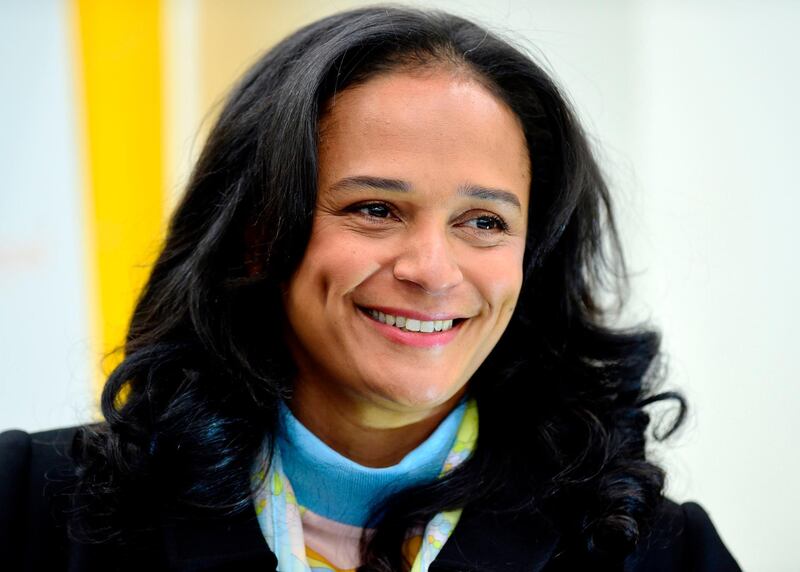This year marks the 30th anniversary of the largest tank battle on African soil since The Second World War, when South African troops fought their Angolan adversaries who were backed by Cuban forces.
The Battle of Cuito Cuanavale in the south of the country was a turning point in the cold-war stalemate between the South African apartheid government and Soviet Union backed regime in Luanda. Fighting lasted around seven months, cost thousands of lives and left the town of Cuito Cuanavale in ruins.
Both sides claimed victory but it served as a high-water mark for the South Africans, who would never launch a major offensive in Angola again. A ceasefire was signed and South Africa withdrew from Namibia on Angola's southern border, putting an end to one of the bloodiest conflicts of the Cold War era.
While South Africa was no longer a threat, for Angola conflict continued. Former South African ally Unita broke in two, with some elements returning to the bush to continue a guerilla war. Another half a million people would die before Unita was finally defeated in 2002.
Throughout the period of conflict that began when Angola broke away from colonial master Portugal in 1975 the country was led by the MPLA, a Marxist revolutionary movement. For most of this time the movement was under the control of José Eduardo dos Santos, who finally stepped down in 2017.
Under Mr dos Santos the country rapidly developed its oil resources, but little else. The result was a high-living elite but most of the 25 million population remained in poverty.
_______________
Read more:
Zuma protests innocence after court appearance
Sierra Leone's Bio begins work on transition of power
_______________
The capital Luanda has remained consistently the most expensive city in the world, according to Mercers, ahead of Tokyo, Zurich and Singapore. The cost of renting a three-bedroom house is $13,000 US dollars a month, Mercers found.
In this environment the dos Santos family and their inner circle thrived. Isabel dos Santos, the eldest child of the president, is worth $3 billion, according to Forbes. Much of this wealth comes from taking stakes in businesses setting up in the country, ranging from oil to mining and telecommunications, Forbes says.
Last year, however Mr dos Santos stepped down as leader of the MPLA, to be replaced by Joao Lourenco. The new president has moved swiftly to undo the legacy of his predecessor, catching many by surprise by the speed at which he is moving against his old boss.
Ms dos Santos was removed last year from her position as CEO of Sonangol, Angola's state oil producer. She is now also under investigation for 'tens of millions of dollars' in illicit money flows relating to her tenure there, state prosecutors say.
More recently her brother Jose was sacked from his job as head of the country's $5bn wealth fund and in late March arrested for corruption. Several other senior government officials from the dos Santos era have also been moved from their positions as the new administration tries to draw a line between intself and one of the last Cold War era regimes.






